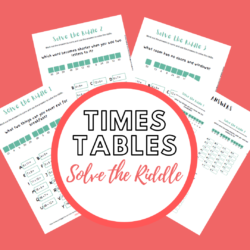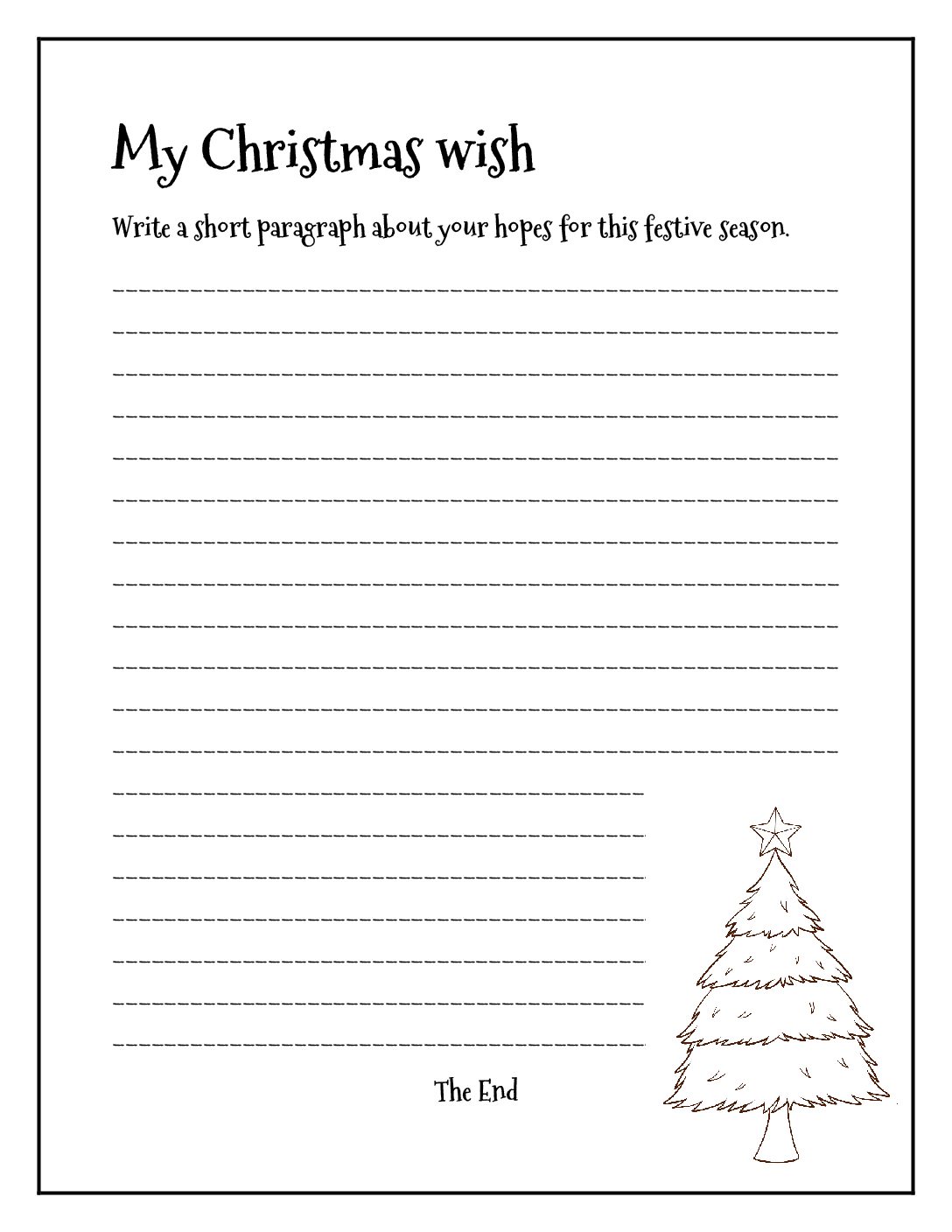The Future Perfect Continuous Tense
R24.82
Use, by you or one client, in a single end product which end users are not charged for. The total price includes the item price and a buyer fee.
Resource Description
When we describe an action in the Future Perfect Continuous tense, we are projecting ourselves forward in time and looking back at the duration of that activity. The activity will have begun sometime in the past, present, or in the future, and is expected to continue in the future. For example: “In November, I will have been working at my company for three years.”
There are similarities and differences between the Future Continuous and the Future Perfect Continuous tense, which might cause confusion. The main difference is that we use the Future Continuous to predict the future, while we use the Future Perfect Continuous to talk about an ongoing action that will finish before another.
This practical ebook will explain how the Future Perfect Continuous is formed, when it is used, and it will also provide plenty of examples and exercises. The relevant answer key is provided at the end as well.



 KES(KSh)
KES(KSh) USD($)
USD($) GBP(£)
GBP(£) GHS(₵)
GHS(₵) NGN(₦)
NGN(₦) MUR(₨)
MUR(₨) BWP(P)
BWP(P) AUD($)
AUD($) TZS(Sh)
TZS(Sh) INR(₹)
INR(₹) PHP(₱)
PHP(₱) AED(د.إ)
AED(د.إ)















